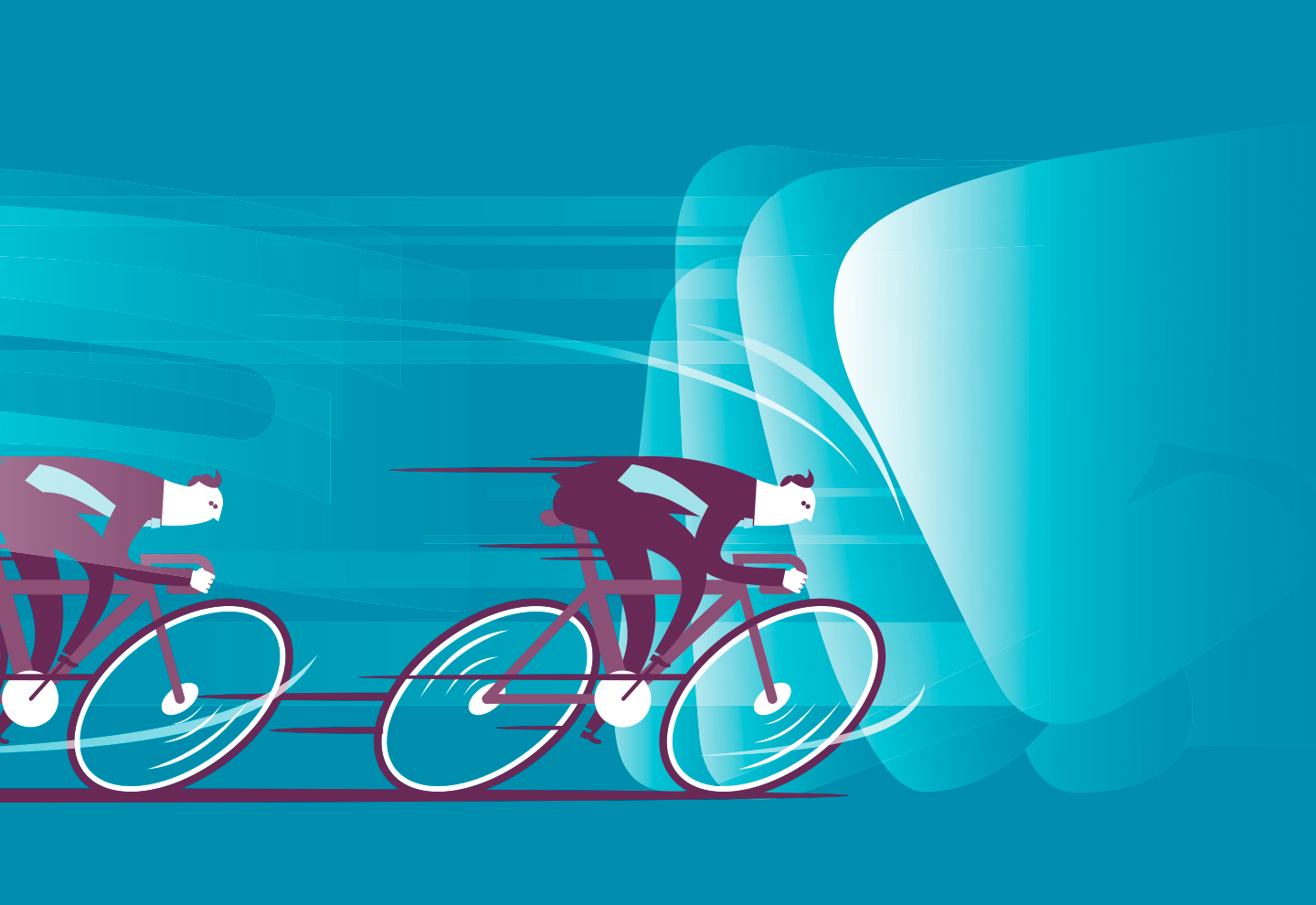
Take your company from victim to victor
Because the COVID-19 pandemic is highly complex, there is no one correct way forward for organizations. Professor of Strategy Arnaud Chevallier offers insight into the range of strategic measures that businesses can take to stay afloat in these murky times.
Many organizations are paralyzed amid today’s extreme uncertainty. What is the first step to creating a strategy that will take a company from victim to victor?
The first step to regaining momentum is to identify the range of possible universes in a relevant specific time horizon. That might be 12 months, or even more. Now, imagine not just one possible future, but rather expand it from worst- to best-case scenario.
What does current and future success look like for an organization?
What is going on with COVID-19 is affecting different organizations in different ways – some are doing well, while others are suffering tremendously. The more salient point is that you can have success irrespective of the future that unfolds.
Even if a perfect storm appears, you can weather it by making the best out of what’s happening to your organization. Success exists even in the worst case: maybe that’s simply avoiding bankruptcy, for example.
How can companies respond to the forces that shape the future?
Out of the plethora of forces out there, you should identify the two or three that are influencing your future the most. Then look at those forces to determine their intensity and in which direction they are pushing you.
Roll out several plans of action initially, but as more data becomes available and it becomes clearer that some versions of the future won’t pan out, adapt. Remove these unnecessary or irrelevant action plans from your arsenal. By narrowing down these possible scenarios, your action plan will become more efficient.
You mention effectiveness and efficiency. Are these two terms at odds with each other?
There must be a balance between effectiveness and efficiency. Effectiveness is being prepared for whichever scenario might unfold; it requires thinking broadly and having plans of action for each scenario. However, to be efficient, you would have only one plan and wouldn’t waste resources using others. But as the future, especially in these times, is highly uncertain, you should aim for effectiveness rather than efficiency – at least at the onset.
You know something now, but you’ll know more later, so you must continuously update your thinking.
Can you explain the Boolean versus Bayesian approach and how that applies to organizations?
The idea is to move away from a Boolean – i.e. black and white – approach to a Bayesian approach where there are shades of grey. Bayesian thinking is rooted in probability – one version of the future becomes more probable even though it remains a grey area.
Can you give an example of how this might affect a specific industry?
Look at how the aviation industry has been faring since the spread of COVID-19. The CEO of an airline might respond to the current situation by assuming people won’t want to travel. She might decrease capacity, removing planes that are near retirement from the fleet to limit cost. But what if the opposite occurs and travel picks up? Alternatively, what if she keeps her fleet ready on the tarmac but lacks for willing passengers? To ensure they are prepared, leaders should seek to map out and understand possible future scenarios in order to anticipate which future is more probable.
Research Information & Knowledge Hub for additional information on IMD publications

Tips for leading a virtual team with engagement and effectiveness.

Forget about being right and focus on being ‘less wrong’, says Professor of Strategy Arnaud Chevallier.

When executives identify admirable leaders, they often underestimate their struggle with certain elements of their personality. In truth, the majority of effective leaders - even "naturals" like Richard Branson or PepsiCo's Indra Nooyi - had to wo...

Though it is hardly ever listed in job descriptions, changing employees’ behavior is an important part of any manager’s work. Whether it is helping people to develop and improve at what they do or getting them to do new things in new ways, enablin...

Instead of framing the insecurities of individuals belonging to marginalized groups solely as a "personal" problem, we must consider the important role of the environment in order to offer more structural and effective solutions, says group of exp...

Is there a colleague with whom you have a strained working relationship? If, by chance, you are some kind of work superhero who just answered “no” to that question, is there at least someone with whom you would like to have a better relationship? ...
Research Information & Knowledge Hub for additional information on IMD publications
Research Information & Knowledge Hub for additional information on IMD publications
Research Information & Knowledge Hub for additional information on IMD publications
Research Information & Knowledge Hub for additional information on IMD publications
Research Information & Knowledge Hub for additional information on IMD publications
Research Information & Knowledge Hub for additional information on IMD publications

